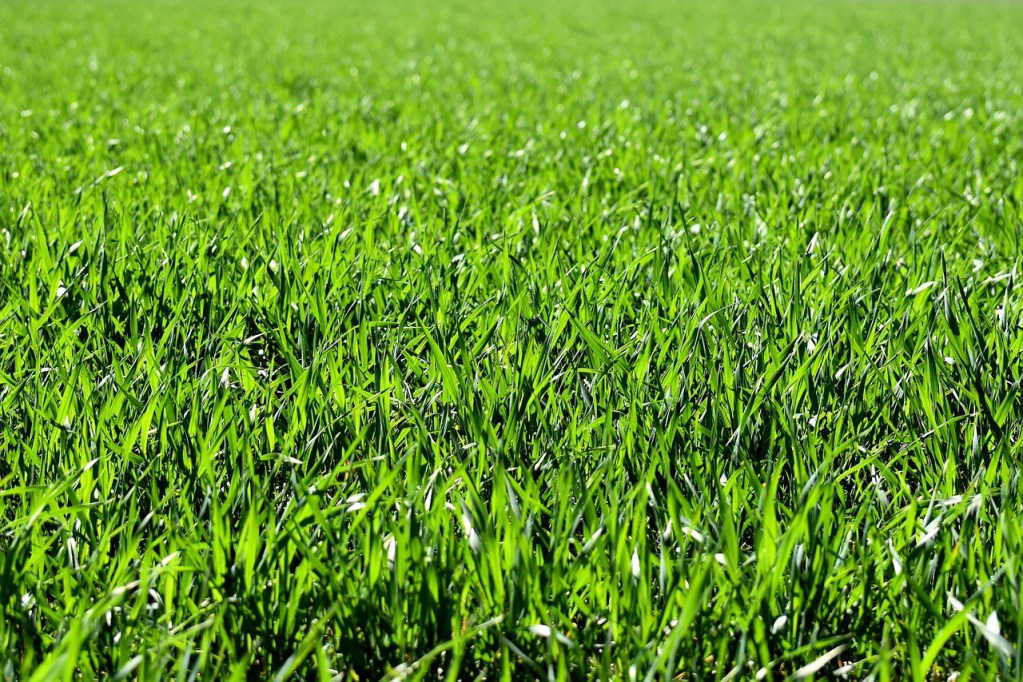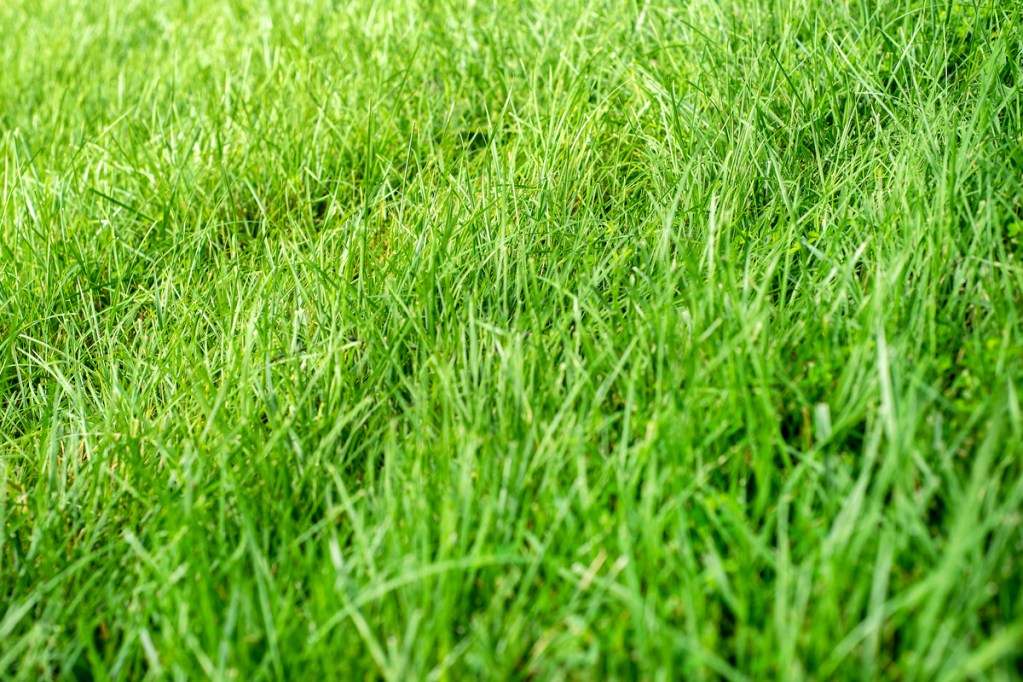
The basics of lawn care may not change much from one lawn to the next, but many of the finer details do change based on the type of grass you’re growing. If you want the lushest, greenest lawn possible, you’ll need to tailor your care routine to your lawn. Zoysia grass is a popular grass species for lawns, with thick, vibrant blades that require shockingly little care. How do you know if zoysia is right for your lawn, and how do you keep your zoysia lawn looking its best? This guide will answer all your questions.
Planting zoysia grass

Zoysia grass can grow from seeds, sod, or plugs, and all options have different benefits and drawbacks. Seeds are excellent if you have a large area to cover, and they’re generally more affordable. However, zoysia grass grows slowly. Sod and plugs, which are already partially grown, are much faster to establish and begin spreading than seeds. However, they’re more expensive and more time consuming to plant. Some people choose to use a combination of seeds and plugs to get the best of both options.
Start planting your zoysia grass in mid to late spring or early summer. Before you start planting, you’ll need to prepare your soil. The soil should be loose or aerated, well draining, and have a neutral pH. Ideally, your lawn should receive a lot of sun if you’re growing zoysia grass. Zoysia grass prefers full sun, and while it can tolerate some light shade, it doesn’t thrive in full shade.
Zoysia grass care

Once established, zoysia grass doesn’t require much care. Water your zoysia grass lawn deeply but infrequently to help encourage it to develop deeper roots. Zoysia grass only needs an average of around 1 inch of water per week, and in many cases, it can subsist on rainfall alone. It does appreciate watering during periods of heavy or long drought.
Fertilize your zoysia grass regularly from late spring through summer with any regular grass fertilizer. Thanks to its slow growth, zoysia grass’s height is easy to control. An ideal height for zoysia grass is between 1 and 2 inches tall, and it typically does well if given a trim every 1 to 2 weeks. Zoysia grass grows densely, and if you let it grow much taller than 2 inches, it can become a hassle to mow. If possible, bag your clippings when mowing to prevent excess thatch buildup.
Common problems

Zoysia grass is fairly hardy, and it can withstand heat, drought, and foot traffic, but it does have a few common problems you should be aware of. The first is one that is common among many grass species — being mowed too short. While some grass species can benefit from being scalped in certain circumstances, you don’t want to mow your lawn that short every time you mow it. This leaves your grass exposed to pests and the weather, which can weaken it significantly. Too much shade can also weaken your zoysia grass.
Zoysia grass can tolerate drought, but it is far less tolerant of overwatering, flooding, or waterlogged soil. Wet feet can weaken your lawn, leading to discolored patches and even fungal infections such as rust or leaf spot. Loosening your soil can improve the drainage, but if you have an area with consistently poor drainage, you may want to consider installing a drain in your yard.
Alternatives to zoysia grass

If you aren’t sure whether zoysia grass is right for you, then there are two common alternatives you might be interested in planting instead. Bermuda grass is another common warm-season grass with a similar spreading habit and care requirements. While it isn’t quite as hardy as zoysia grass, it does grow faster. Bermuda grass also tends to be more affordable, making it a great option if you’re trying to cover a large space without breaking the bank.
If you live in an area that’s too cold for zoysia grass, then you should consider fescue. Fescue is low maintenance and hardy. However, where zoysia grass is a warm-season grass that loves the heat, fescue is a cool-season grass that thrives in mild or cold weather. Tall fescue and red fescue are two popular fescue varieties to consider.
Zoysia grass is an excellent low-maintenance grass that thrives in the summer sun. While it can take a while to establish and grow, its dense growth and vibrant color make for a stunning sight. Now that you know the basics of caring for a zoysia grass lawn, you’re ready to start planting the lawn of your dreams! With proper care and enough time, your zoysia grass lawn will be the envy of the neighborhood.



